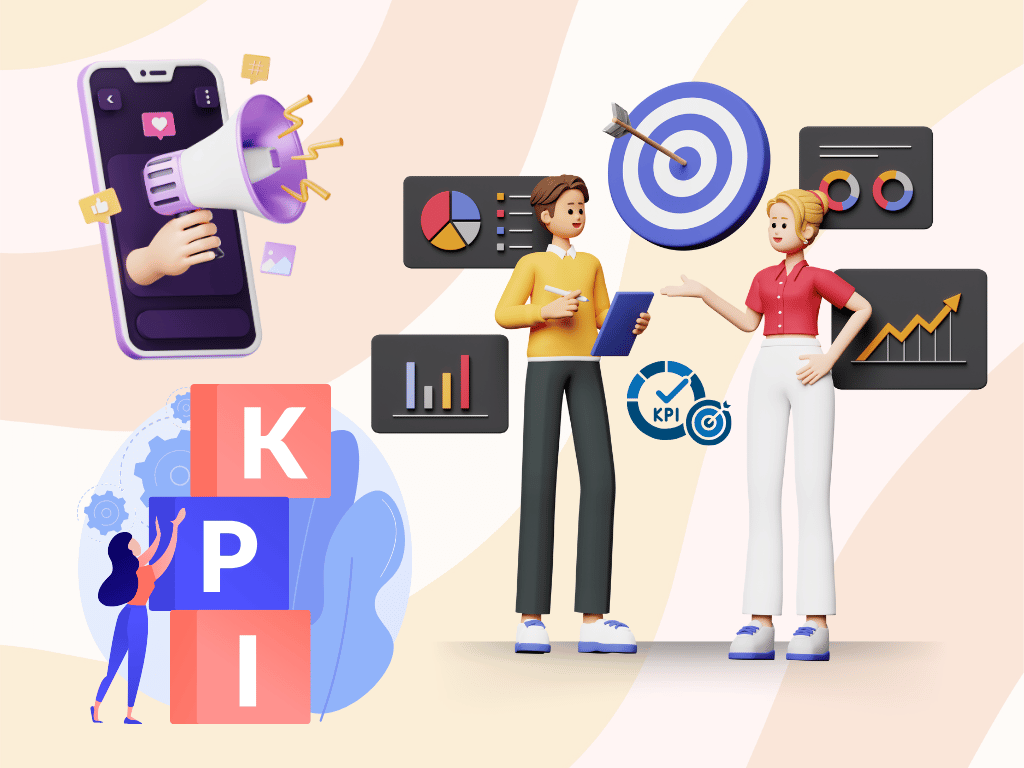
In the fast-paced world of digital marketing, success isn’t just about creativity—it’s about measurable results. To understand whether your campaigns are hitting the mark, tracking the right Key Performance Indicators (KPIs) is crucial. KPIs help you gauge the effectiveness of your strategies and make data-driven decisions to optimize performance. Here are five essential KPIs that every digital marketer should monitor to ensure success:
1. Website Traffic
Website traffic is the cornerstone of any digital marketing campaign. It tells you how many users are visiting your site and where they’re coming from (organic search, paid ads, social media, etc.). Monitoring website traffic helps you:
- Understand which channels drive the most visitors.
- Identify trends in user behavior.
- Spot opportunities for growth in underperforming channels.
Key Tools: Google Analytics, SEMrush, or Ahrefs.
Pro Tip: Pay close attention to the bounce rate and session duration to assess the quality of traffic.
2. Conversion Rate
Conversion rate measures the percentage of visitors who complete a desired action, such as signing up for a newsletter, purchasing a product, or downloading a resource. It’s one of the most direct indicators of campaign success.
Why It’s Important: High traffic is meaningless if visitors don’t take action. A low conversion rate could point to issues with your landing pages, user experience, or messaging.
Key Tools: Google Analytics, HubSpot, or Unbounce.
Pro Tip: Conduct A/B testing on your CTAs, headlines, and page layouts to boost conversions.
3. Cost Per Acquisition (CPA)
Cost Per Acquisition shows how much you’re spending to acquire a new customer or lead. It’s calculated by dividing your total campaign cost by the number of conversions.
Why It’s Important: A high CPA can quickly drain your budget. Tracking CPA ensures you’re spending efficiently and helps you compare the ROI of different marketing channels.
Key Tools: Facebook Ads Manager, Google Ads, or marketing automation platforms.
Pro Tip: Optimize your campaigns by narrowing your audience targeting and refining ad creatives.
4. Customer Lifetime Value (CLV)
Customer Lifetime Value estimates the total revenue a business can expect from a single customer over the course of their relationship. This metric provides a long-term view of customer value and helps prioritize retention strategies.
Why It’s Important: Acquiring new customers is often more expensive than retaining existing ones. A high CLV means your efforts to keep customers engaged and loyal are paying off.
Key Tools: CRM platforms like Salesforce or HubSpot.
Pro Tip: Focus on upselling, cross-selling, and loyalty programs to increase CLV.
5. Social Media Engagement
Social media engagement measures likes, shares, comments, and clicks on your posts across platforms. It provides insights into how well your content resonates with your audience.
Why It’s Important: Engagement shows the effectiveness of your social media strategy and its ability to build brand awareness and loyalty.
Key Tools: Hootsuite, Buffer, or platform-specific analytics tools (e.g., Instagram Insights).
Pro Tip: Track engagement rate (interactions divided by total followers) to get a more accurate picture of audience involvement.
